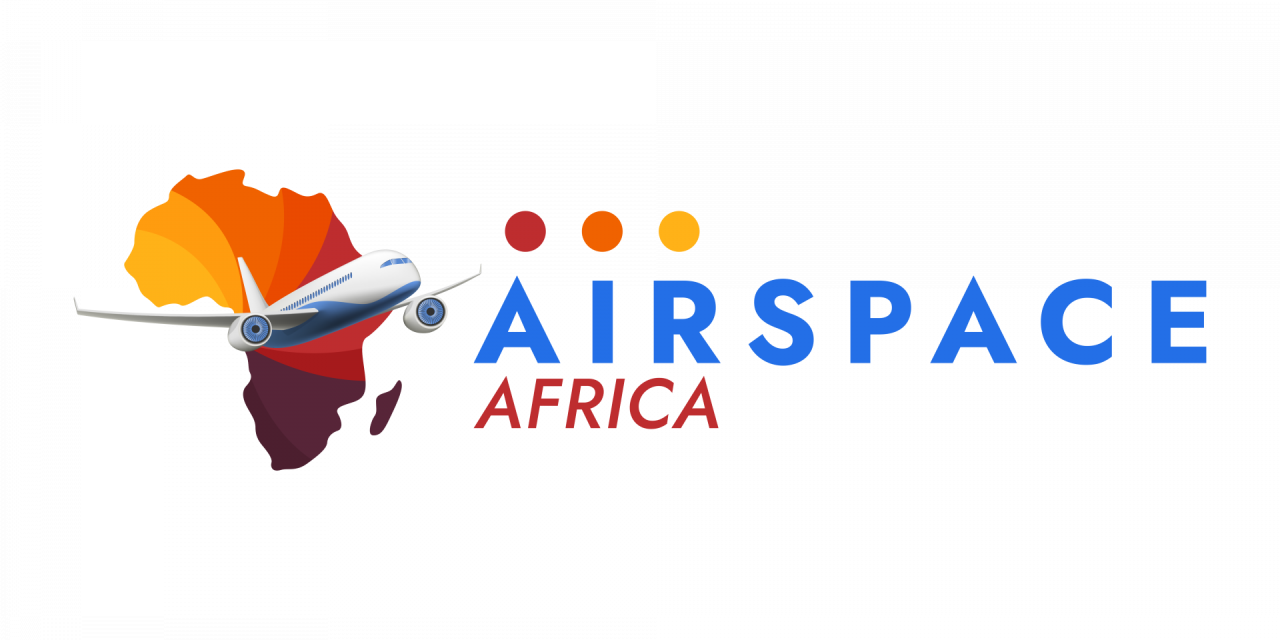In 2023, air travel demand continued its upward trajectory, experiencing a remarkable 36.9% increase compared to the previous year. The entire industry exhibited signs of recovery as full-year traffic reached an impressive 94.1% of pre-pandemic levels, instilling a sense of optimism for the future. Notably, international travel saw significant growth, climbing by 41.6% and reaching 88.6% of the levels seen in 2019. Meanwhile, domestic travel also flourished, with a 30.4% rise that exceeded pre-pandemic levels by 3.9%. This positive trend persisted throughout the year, as December witnessed a considerable 25.3% surge in total traffic compared to the same period in 2022, achieving a commendable 97.5% of pre-pandemic levels. As the industry looks towards the future, the International Air Transport Association (IATA) stresses the importance of government support and investments in aviation to maximize the benefits of air travel. With a shared goal of achieving net-zero carbon emissions by 2050, increased production of Sustainable Aviation Fuel (SAF) is also highlighted as a critical step to foster a sustainable future for air travel.
Air travel demand in 2023
Air travel demand continued to rise in 2023, with total traffic increasing by 36.9% compared to 2022. This strong growth indicates a promising recovery for the aviation industry after the challenges posed by the COVID-19 pandemic. Throughout the year, people regained confidence in air travel, leading to a significant surge in passenger numbers.

International traffic in 2023
In 2023, international traffic experienced a remarkable climb of 41.6%. This increase suggests a growing interest in international travel and a willingness to explore different countries and cultures. It is worth noting that the international traffic in 2023 reached 88.6% of the levels seen in 2019, confirming a gradual rebound and a return to pre-pandemic norms.

Domestic traffic in 2023
Domestic travel also experienced a substantial rise in demand, with a 30.4% increase in traffic compared to the previous year. This surge in domestic travel not only showcases the resilience of the aviation industry but also highlights people’s eagerness to explore their own country and enjoy local destinations. Remarkably, domestic traffic surpassed pre-pandemic levels by 3.9%, a testament to the industry’s remarkable recovery.

December 2023 traffic
December 2023 witnessed a significant surge in air travel, with a 25.3% increase in total traffic compared to the same month in 2022. This boost in December’s air travel demonstrates the traditional rise in demand during the holiday season as people reunite with loved ones or embark on vacations. Furthermore, December 2023’s traffic reached an impressive 97.5% of pre-pandemic levels, indicating a near-complete return to normalcy.

Importance of government support
As air travel demand continues to rebound and grow, it is crucial for governments to support and invest in the aviation industry. The International Air Transport Association (IATA) emphasizes the need for governments worldwide to recognize the immense benefits and contributions of the aviation sector. By providing financial assistance and creating favorable policies, governments can facilitate a faster recovery, stimulate economic growth, and create job opportunities in the industry.
Government support can take various forms, including subsidies, tax breaks, and streamlined regulations. By implementing these measures, governments can alleviate some of the financial burdens faced by airlines, allowing them to invest in new technologies, improve infrastructure, and enhance safety measures. Additionally, government support can help promote sustainable practices in the aviation industry, such as transitioning to cleaner fuels and adopting greener technologies.

Call for net-zero carbon emissions
To ensure a sustainable future for air travel, the industry aims to achieve net-zero carbon emissions by 2050. This ambitious goal aligns with global efforts to combat climate change and reduce greenhouse gas emissions. To meet this target, the aviation industry is calling for increased production and utilization of Sustainable Aviation Fuel (SAF).
SAF is a renewable and environmentally-friendly alternative to traditional fossil fuels used in aviation. It is typically produced from sustainable feedstocks, such as plant-based oils or organic waste, and can significantly reduce carbon emissions compared to conventional jet fuel. By promoting and expanding the use of SAF, the aviation industry can make substantial progress towards achieving its net-zero carbon emissions goal.
To encourage the production and adoption of SAF, stakeholders in the aviation industry, including airlines, aircraft manufacturers, and airports, are collaborating to develop standards, regulations, and infrastructure. Additionally, government support and investment are crucial in creating a conducive environment for the production and distribution of SAF. By supporting research and development, incentivizing the use of SAF, and investing in sustainable aviation infrastructure, governments can play a vital role in accelerating the industry’s transition to cleaner energy sources.
In conclusion, air travel demand in 2023 saw significant growth, with total traffic reaching 36.9% higher than in the previous year. International traffic climbed by 41.6% and reached an impressive 88.6% of 2019 levels. Domestic traffic rose by 30.4% and surpassed pre-pandemic levels by 3.9%. In December 2023, traffic increased by 25.3% compared to the previous year, reaching 97.5% of pre-pandemic levels.
As air travel continues to recover, governments must provide support and investment to maximize the benefits of the aviation industry. This support includes financial assistance, favorable policies, and promoting sustainable practices. Additionally, the industry’s commitment to achieving net-zero carbon emissions by 2050 calls for increased production and utilization of Sustainable Aviation Fuel. With government support and collaboration, the aviation industry can continue to flourish while minimizing its environmental impact.












